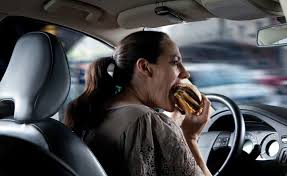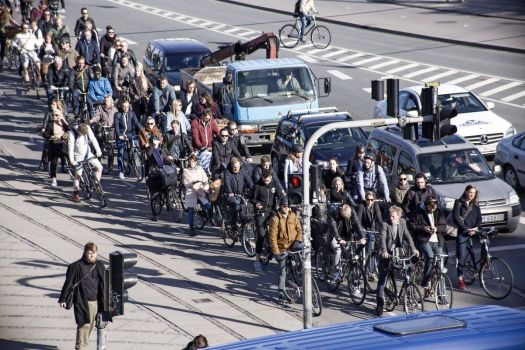
Cyndi Steiner, Executive Director, NJBWC
Jerry Foster, President, West Windsor Bicycle Pedestrian Alliance
Oppose Statewide Sidewalk Riding Ban!

Adults and children alike ride on the sidewalk because they do not feel safe riding in the roadway. Our state legislators should be focused on making roads safer for bike riders rather than forcing riders onto heavily trafficked, congested, unsafe roads. Our state has done little to pass a safe passing law that would require motorists to pass bike riders and pedestrians at a safe distance (a “three foot” or “four foot” law), and even less towards adopting a Vision Zero plan that would eliminate road deaths statewide. Further, the state has had a Complete Streets policy since 2009 yet very little has been done in terms of street infrastructure to accommodate all road users, including pedestrians and bike riders, on state roads. Over 140 municipalities and eight counties have passed these same Complete Streets policies, but again, very few are actually implemented. Yet the state legislature appears eager to pass a bill that will force bike riders into the streets by ending sidewalk riding statewide.
We oppose amendment to A1810, the proposed statewide ban on sidewalk bicycle riding. It is unnecessary and works against children, underserved and other utilitarian riders who are trying to get to work safely. The state needs to make substantial efforts to make roads safer for bike riders, and should not be banning sidewalk riding! The decision about sidewalk riding should be left to cities to determine which streets are safe for bicycle riding and where people may have to ride on sidewalks.
Contact your legislators here:
Or for District 11:
 Read more…
Read more…
https://njbwc.org/sidewalk-riding-is-not-a-state-issue/

















